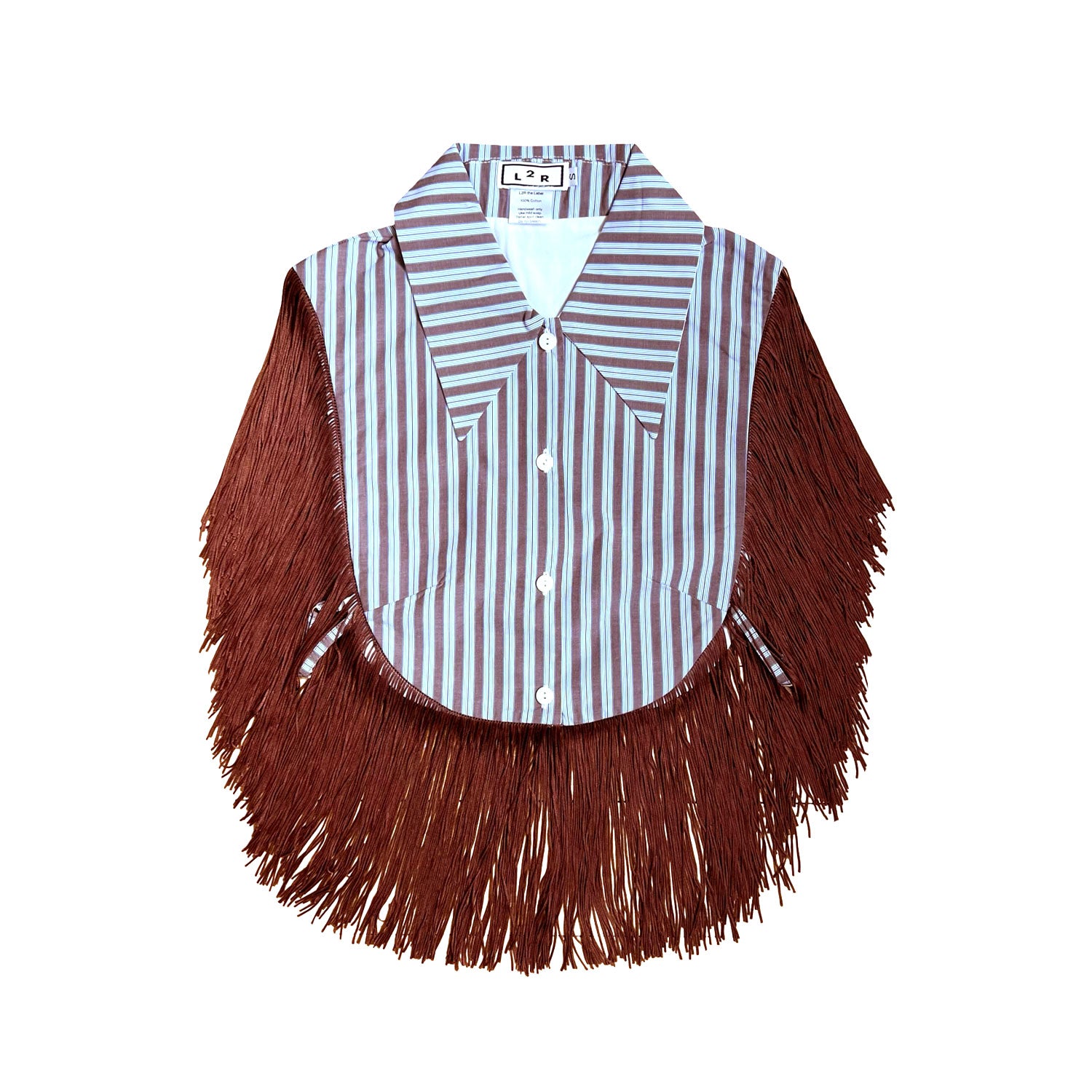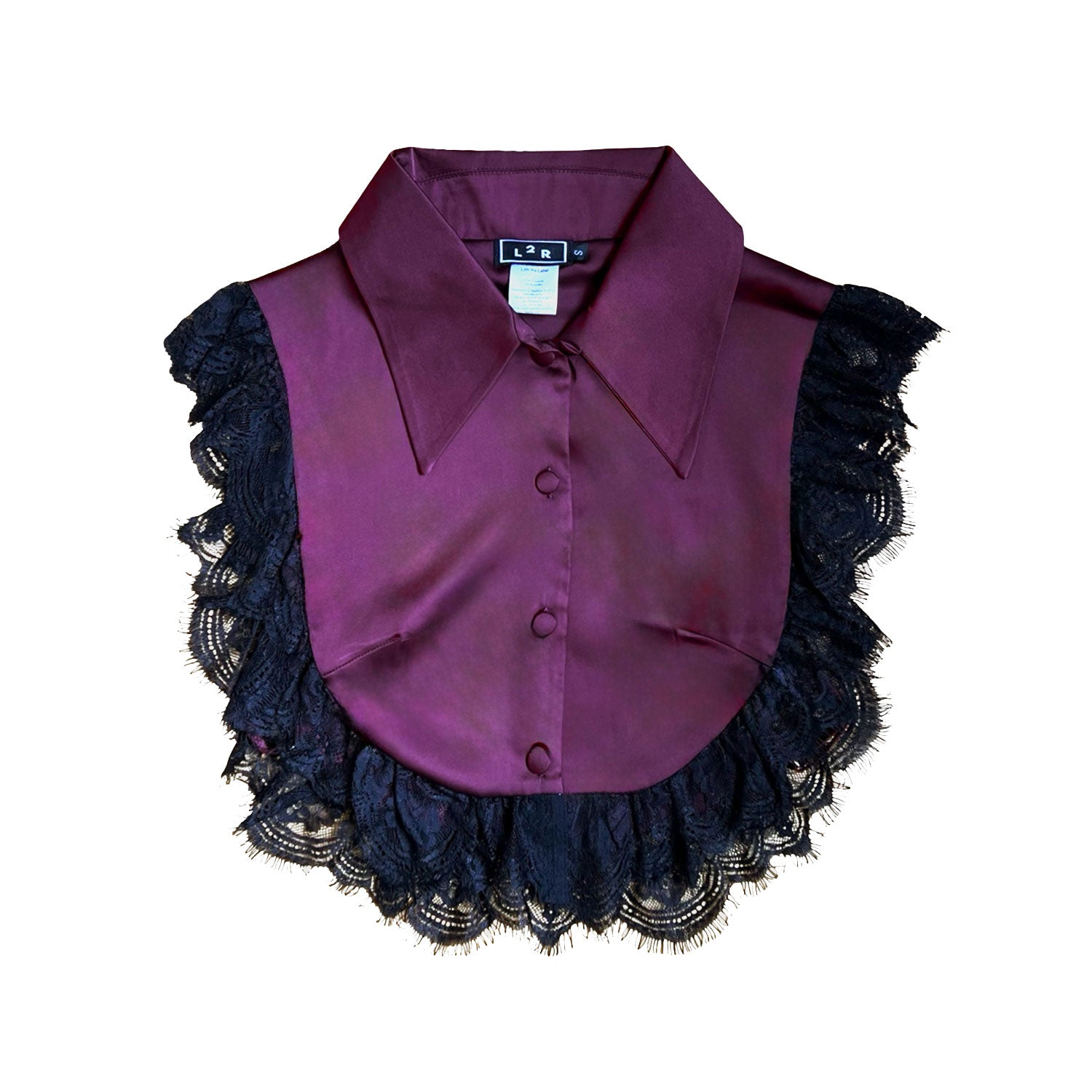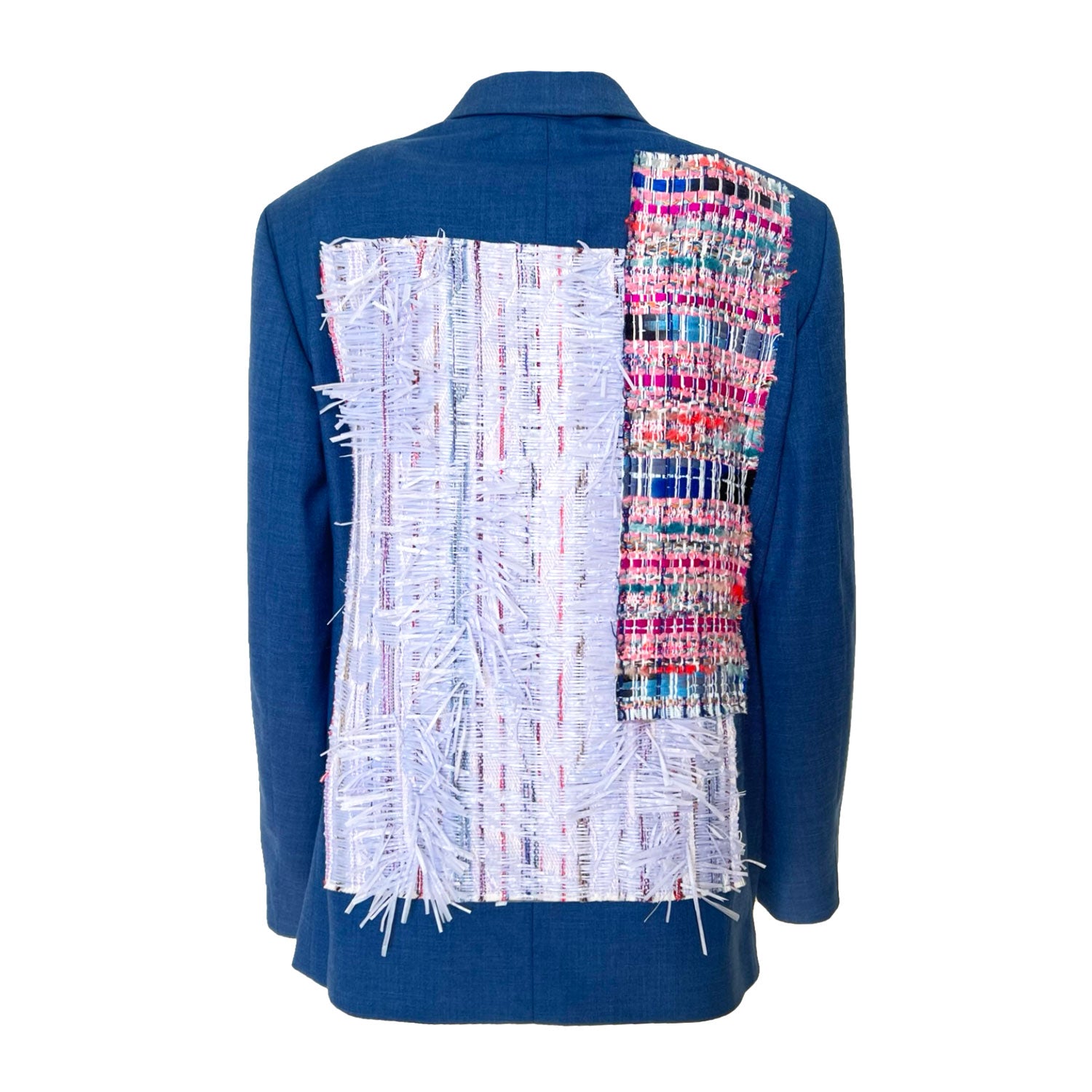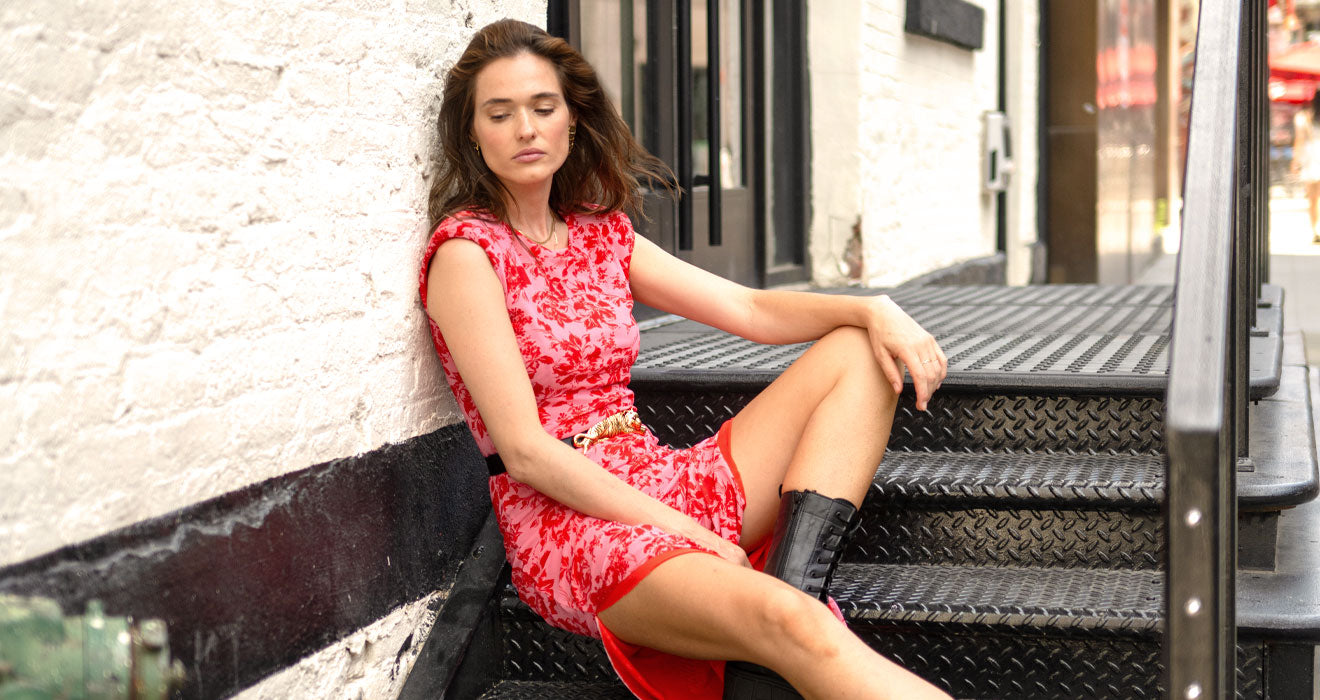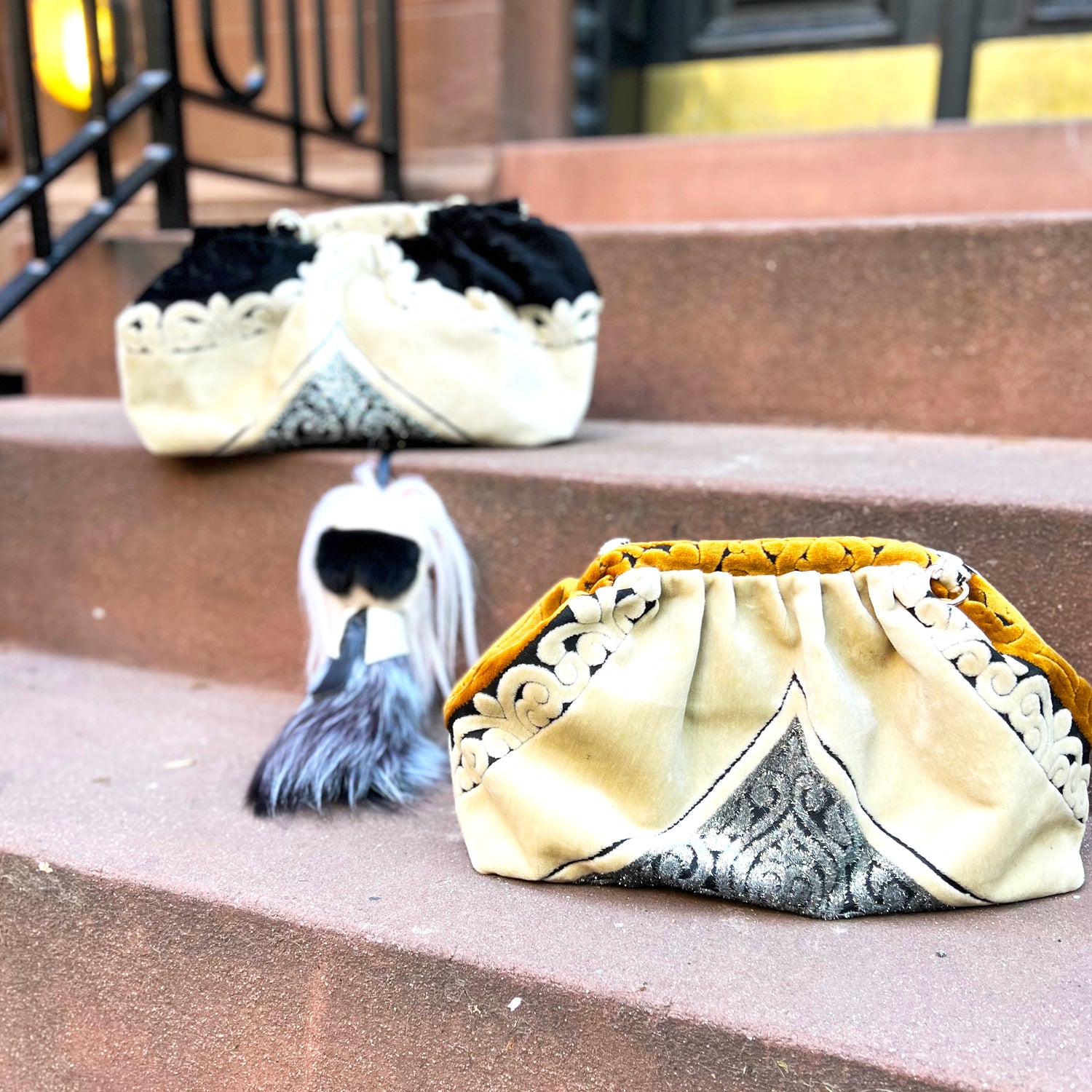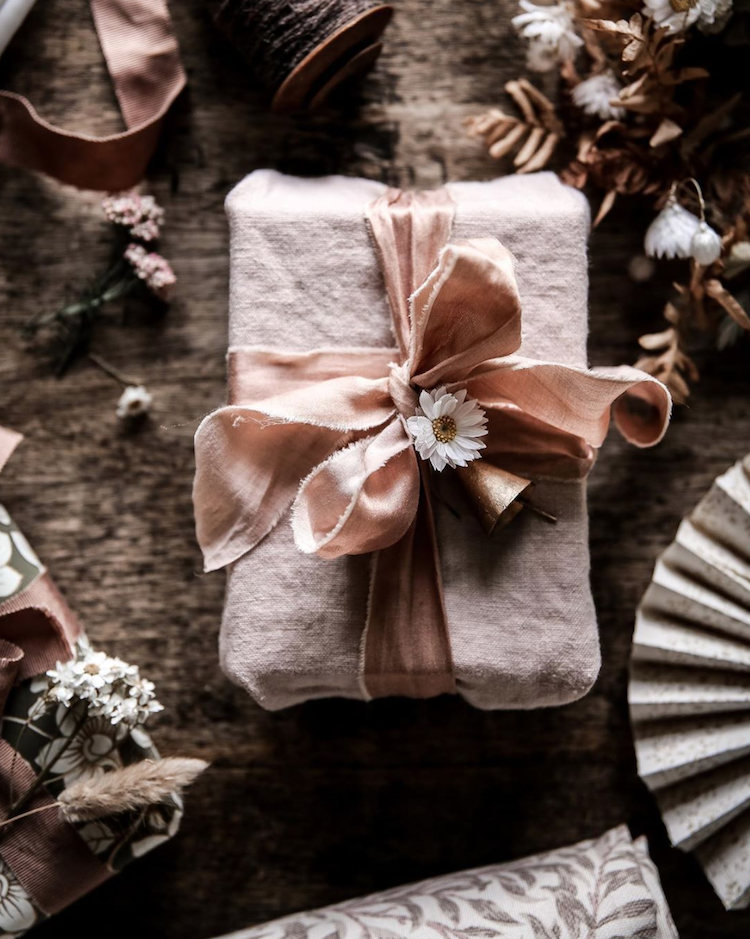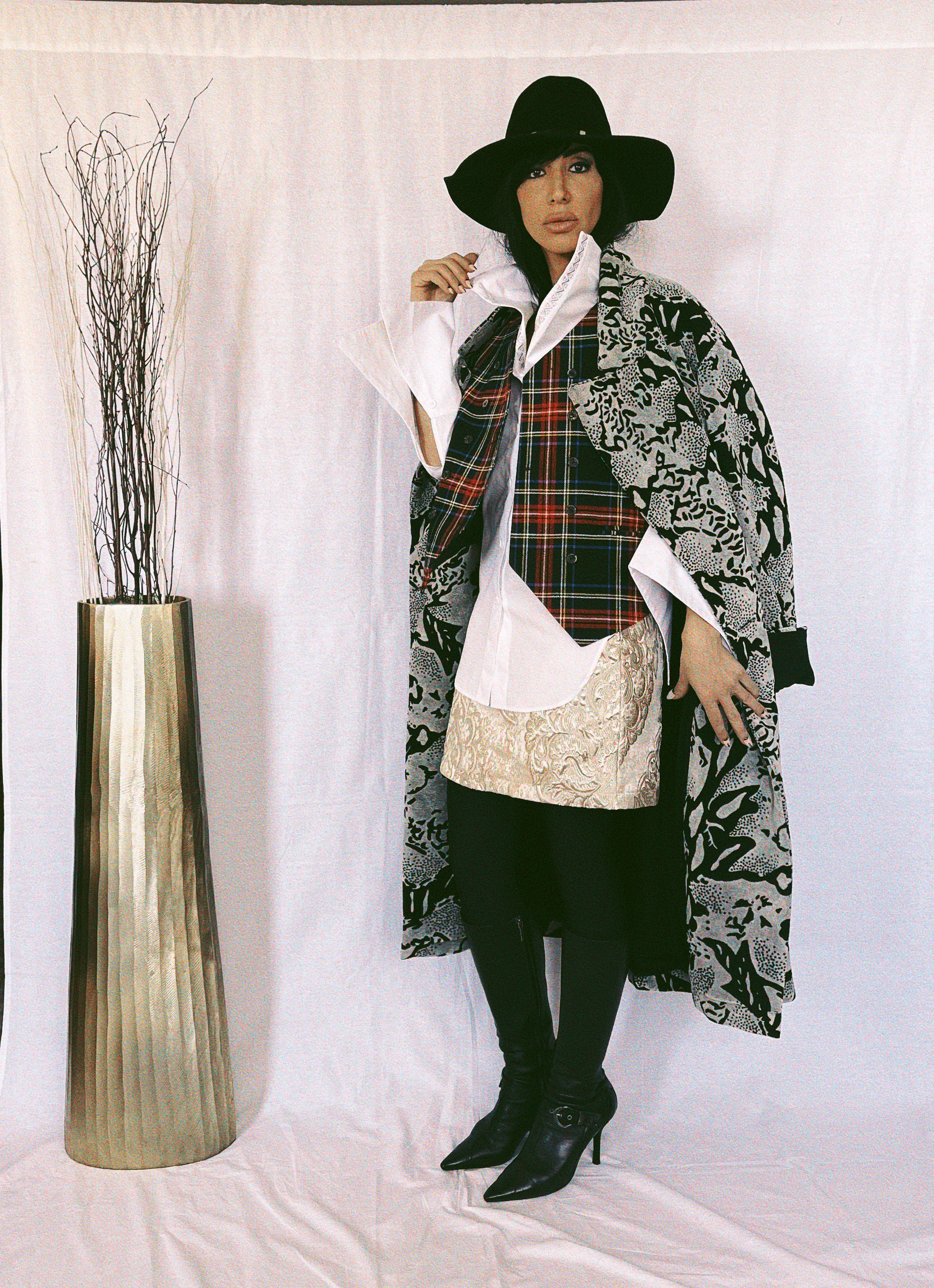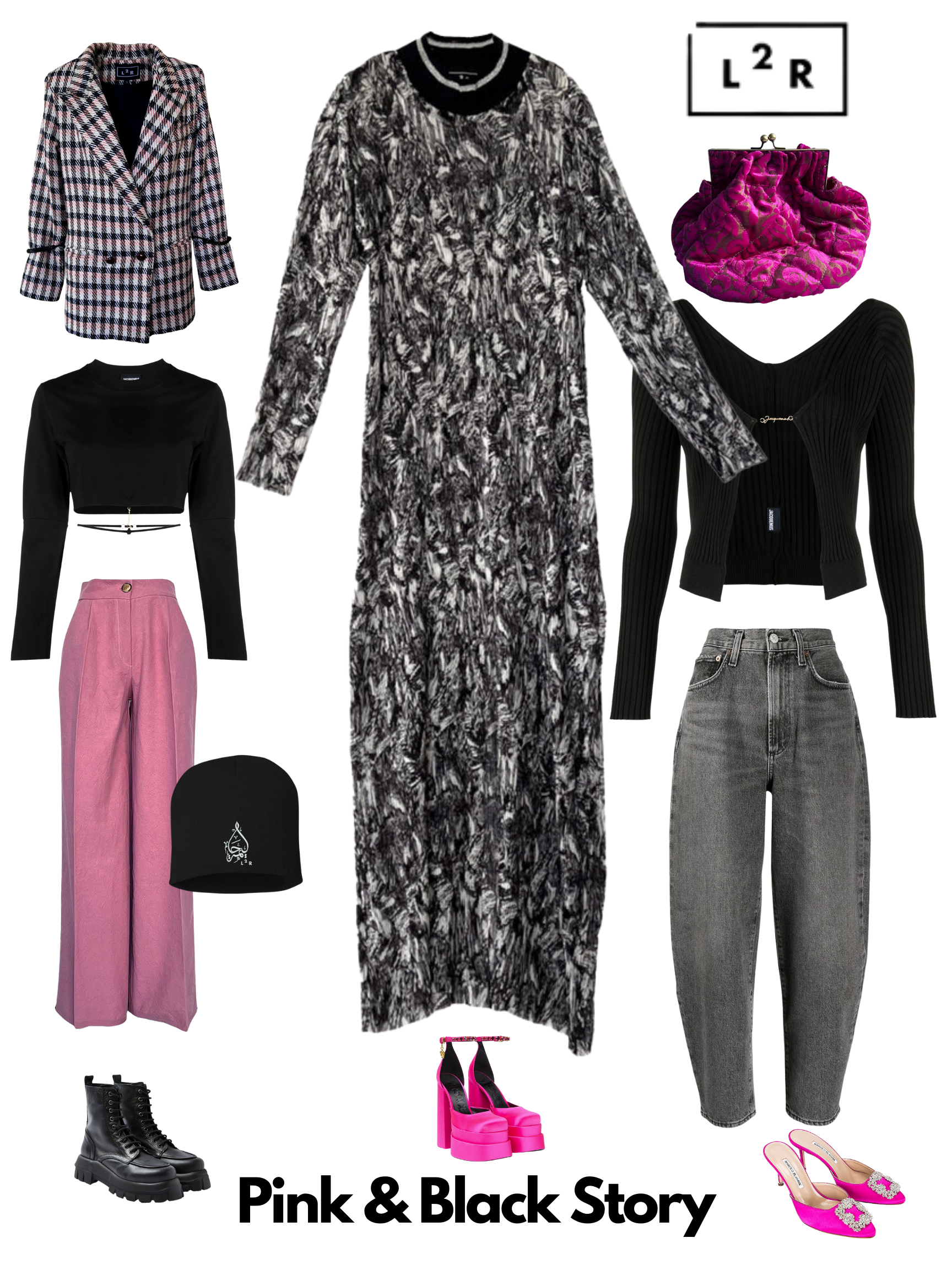
Everyone loves to open presents. But if you really think about it, that glittery wrapping paper, poly ribbons, and non-organic bows are landfill contents waiting to happen. For that one moment of celebration on Christmas morning, our planet pays the price. Give the gift of sustainability this season by joining us in an effort for a #nogiftwrapchristmas, #wrapfreeholidays, and #no more ribbons and bows!
We all know that what a gift looks like is half the fun of gift giving. But with climate change at the top of our collective minds, it seems utterly shameful to wrap gifts with non-biodegradable paper and decor. It almost makes you sick when you think about it, right? The problem is, no one thinks about it during the gift-giving season. It’s all about the rush-rush-rush to wrap.
So, that’s why, with 3 months to go before the holidays hit, now is the time to prepare for a planet-friendlier holiday season.
What’s all the wrap about?
The first use of wrapping paper dates back to the 2nd century BC in ancient China when monetary gifts were wrapped with paper in the shape of an envelope known as a chih pao.
Many centuries later, Rollie and Joyce Hall, the founders of Hallmark Cards, developed the first modern-day gift wrapping paper in 1917, and the tradition of wrapping gifts for birthdays, holidays, and other celebrations took off.
But as much as Americans love to wrap presents and exchange gifts, the wrapping paper industry is responsible for an enormous addition to the world’s waste problem. Not surprisingly, the demand for wrapping paper and all of the accouterments that go with it increases during the holiday season. In fact, the average American produces 6.25 pounds of trash every day during the month of December. That’s almost 44 pounds each week. With a population of 330 million people, a whopping 2,887,500,000 more pounds of trash are generated each week during the holidays than the rest of the year. And most of that trash from wrapping paper ends up in landfills. Try wrapping your head around that.
Shiny and glitter-encrusted paper is especially bad because not only is it not recyclable, but glitter is made from microplastics, tiny pieces of plastic that not only appear in your hair weeks later but also stick around in the world’s oceans. Marine life ingests these little specks and the result can be tragic.
The good news is that you don’t have to be an eco-grinch to find ways to wrap our holiday gifts in more sustainable ways. So, with less than 3 months to go before the holidays hit, now is the perfect time to prepare for a planet-friendlier holiday season this year.
Here are a few eco-friendly wrapping techniques for you to try this holiday season.
Furoshiki
Furoshiki, the Japanese art of gift wrapping that uses a square piece of cloth to wrap and carry objects, illustrates the concept of sustainability through reusability by replacing non-planet friendly, wasteful wrapping paper with scrap fabric, old clothing, or deadstock.
Many of the most revered Japanese arts have emerged from something that was first intended for practical uses. Japanese calligraphy, for example, was the solution to the need for a uniform script, and Kintsugi, an elegant way to repair broken pottery, was the solution to make broken objects more beautiful than they once were. Originally used for practical purposes in Japan, Furoshiki, created as a way of carrying belongings, is quickly becoming a popular eco-friendly gift wrapping method across the globe.
The term Furoshiki, which translates to “bath (furo) spread (shiki),” was first used in the Nara period (710–794) as a means to protect valuable goods.
Masters in the art of the ritual, the Japanese art of Furoshikhas evolved into a popular practice over the last several years. Cultures around the world have adopted this versatile, environmentally-friendly modern alternative to holiday gift-wrapping.

Furoshiki is a school of thought; it teaches humbleness, the importance of tradition, courtesy, and consideration for our environment.
This is especially important during the strange times we are living in today. After over two years of uncertainty and fear, show your loved ones that you appreciate them more than ever by taking the essence of Furoshiki and adapting it to your holidays.
Give yourself the gift of mindfulness while you wrap your gifts. Play soft zen music, light a candle, and take an hour with yourself to enjoy the experience.
How to Tie Furoshiki
It’s simple to create your own Furoshiki cloth with easily accessible materials like ratty old t-shirts (the ones at the bottom of the drawers with bleach stains or rips and tears in all the wrong places,) jeans you haven’t worn since high school, or linens that no longer fit your bed or your lifestyle. Basically, any pliable fabric will do.
And all that’s needed to tie furoshiki is the cloth itself. Furoshiki cloth comes in a variety of different sizes, with the most common being 17 x 17 inches and 28 x 28 inches. The only requirement is that the cloth must be square.
For some gifts, the cloth may be as small as the palm of your hand, while other pieces of fabric may be cut as large as the size of a car, depending upon the size of an object you’re wrapping. The gift wrapper can fully customize the look; everything from the pattern of the fabric to its thickness and size can be selected by the gift-giver.
To wrap a gift in furoshiki, all you need is a two-sided square cloth and some basic folding skills.
Below are some of the basic wrapping techniques for wrapping Furoshiki style:


Furoshiki cloth gift wrap can be passed on over and over again, used to wrap gifts indefinitely, eliminating waste and serving as an eco-friendly family heirloom or treasured keepsake.
Keep a stockpile of various Furoshiki fabrics in see-through storage boxes, separated by color, season, or occasion, and be ready to wrap and roll!
And perhaps the best part of Furoshiki is that it’s a gift you give to the planet.
Furoshiki makes wrapping an experience, an opportunity to practice mindfulness. And in the midst of the hustle and bustle of the holiday season, we can all use a moment to breathe.
Other great options for wrapping gifts with other gifts made of cloth:
- Bandana around a box of jewelry
- A scarf around a candle
- Line dishcloth around a bar of handcrafted soap
- Throw blanket around a wooden bowl
- Table cloth around napkins
- Napkins around serving ware

Then create a basket filled with these small items… it’ll be a huge hit!!!
There are also plenty of other sustainable ideas to wrap various gifts in all shapes and sizes.
Tip: To make the wrapping fancier, add a fresh flower, cranberries, dried lavender, rosemary sprig, or pine branch for a charming package topper. Use this as an opportunity to graze through a park, walk through a field, or simply spend quality time in your own backyard and take in all the beauty autumn has to offer while “shopping” for package toppers.
Here are a few more sustainable gift wrapping ideas to try this holiday season.

Kraft paper
Most types of shiny, laminated, glossy, glittery, and metallic-looking wrapping paper can’t be recycled. This is where kraft paper comes in—it’s biodegradable and recyclable.
Let your creativity shine when decorating a gift wrapped in kraft paper. To complement the rustic look of the paper, decorate the gifts with some natural materials like pinecones, dried plants, or dried orange slices. Create an all-natural stamp by carving out shapes in a cork and using cranberry juice as ink.
Tip: Remember to go tape-free to keep it eco-friendly. Use natural twine or cloth to keep the package neatly wrapped.

Denim Gift bags
A pair of old jeans can make a dozen little gift bags. Like the Furoshiki method, using leftover denim scraps or used jeans from your closet is a delightful way to create personalized gift wrap.
Handmade Candles, bars of soap, bath bombs, bath tea bags, sachets, and heirloom seeds are all eco-friendly gift ideas that can be wrapped in denim.
Newspaper gift wrap
While more people are switching from printed newspapers to digital news, there are still 28.6 million newspapers printed every single day. You might even have your own share of newspapers lying around at home waiting to be reused and recycled.
There are quite a few ways to make this simple and thrifty idea into something meaningful. For example, go through your stack of newspapers and look for an interesting or funny article that complements the gift you’re giving. Or find an unsolved crossword puzzle, a cute cartoon, or an old newspaper dated with a special occasion.
Ask your friends or family to share some of the newspapers they don’t use anymore, and in exchange, share your gift wrapping idea with them!

Once you’ve used these cute gifts wrapping ideas to make your holiday gifts more eco-friendly, make it a habit for all gift-giving occasions.
Give the gift of sustainability to the planet this season by joining us in an effort to create a more sustainable holiday season.
#NoWasteNoBullshit #NoWrappingPaperNoWaste #ReCycleWrap
Now, that’s a wrap!


